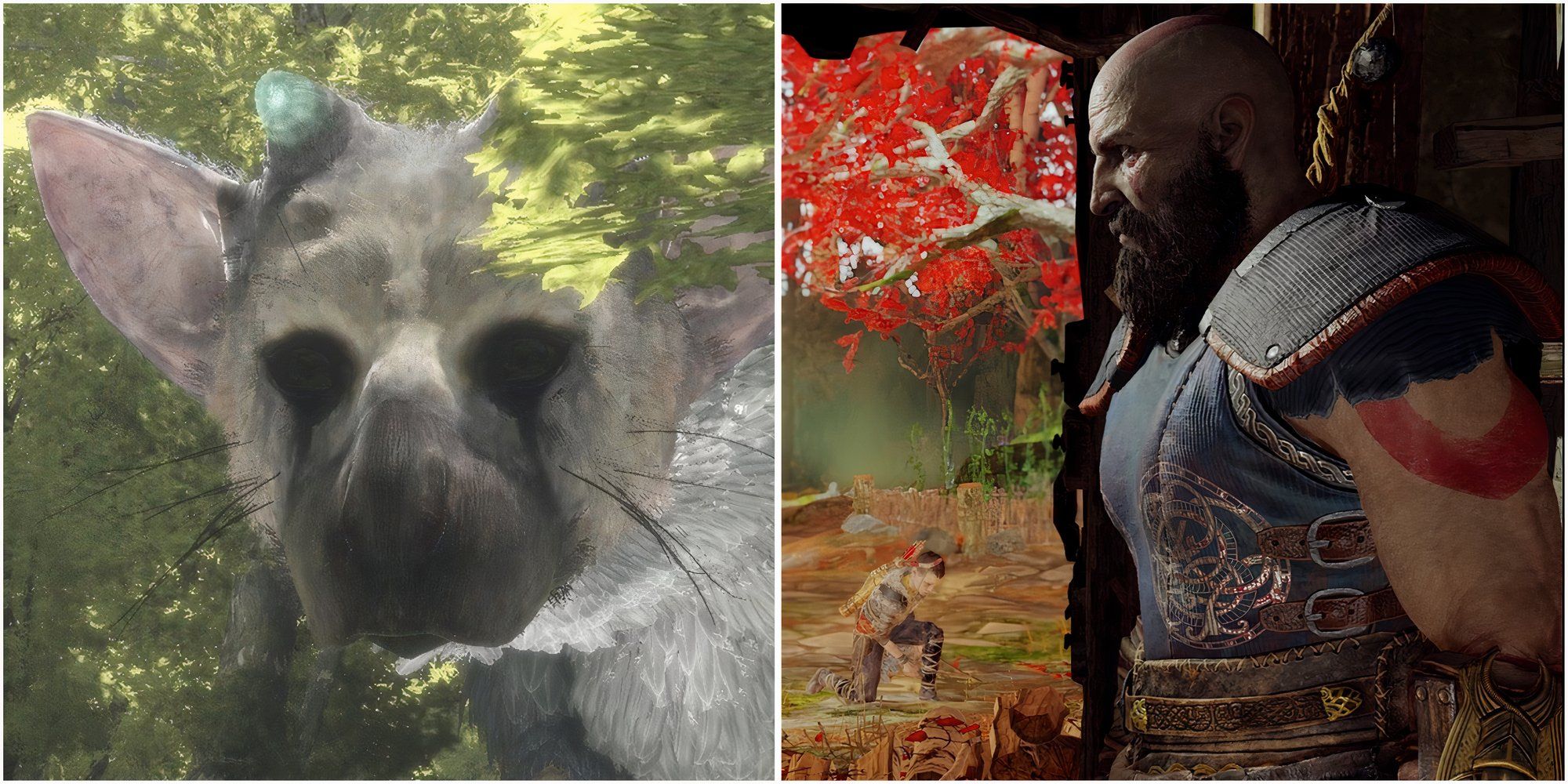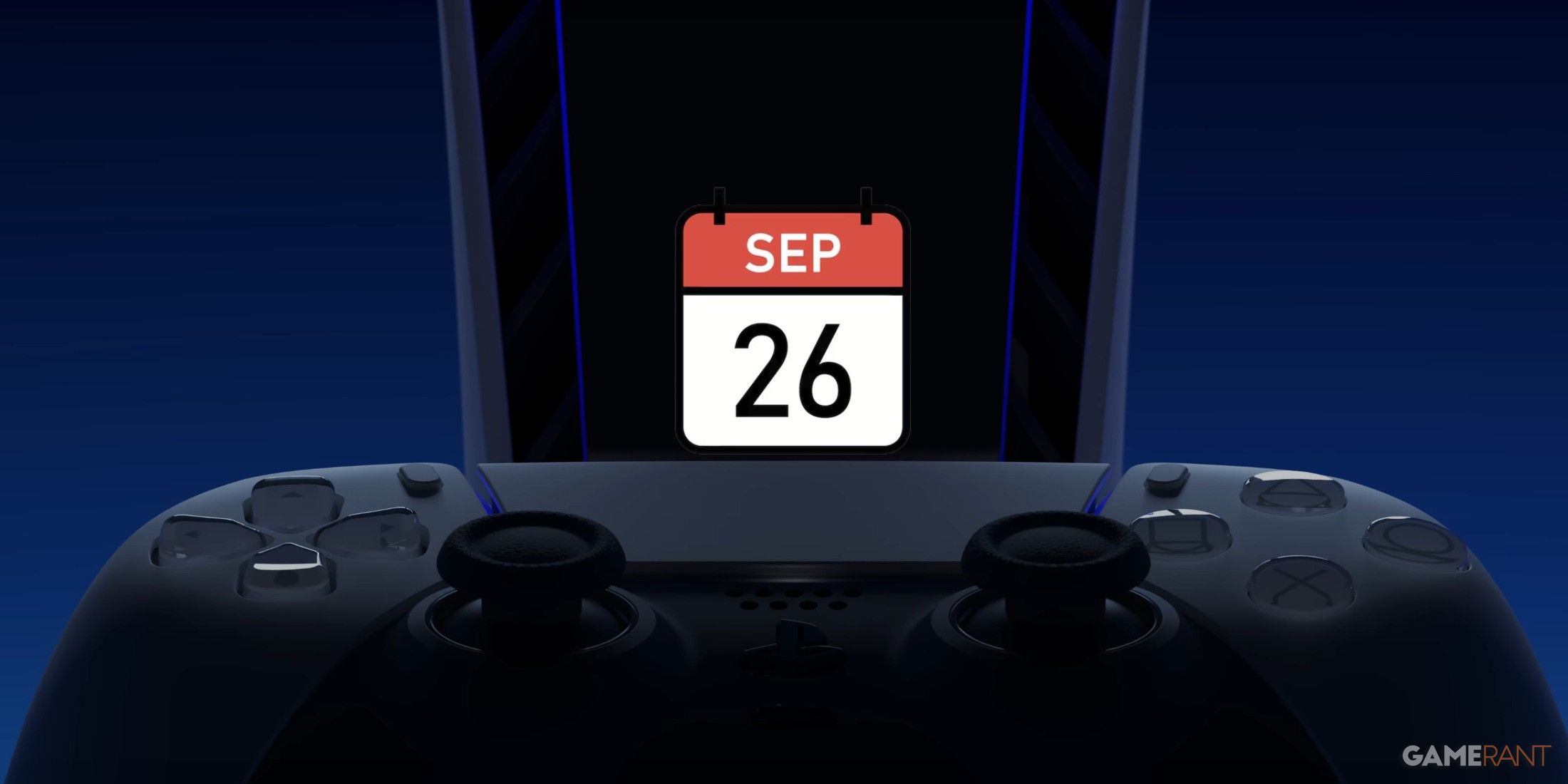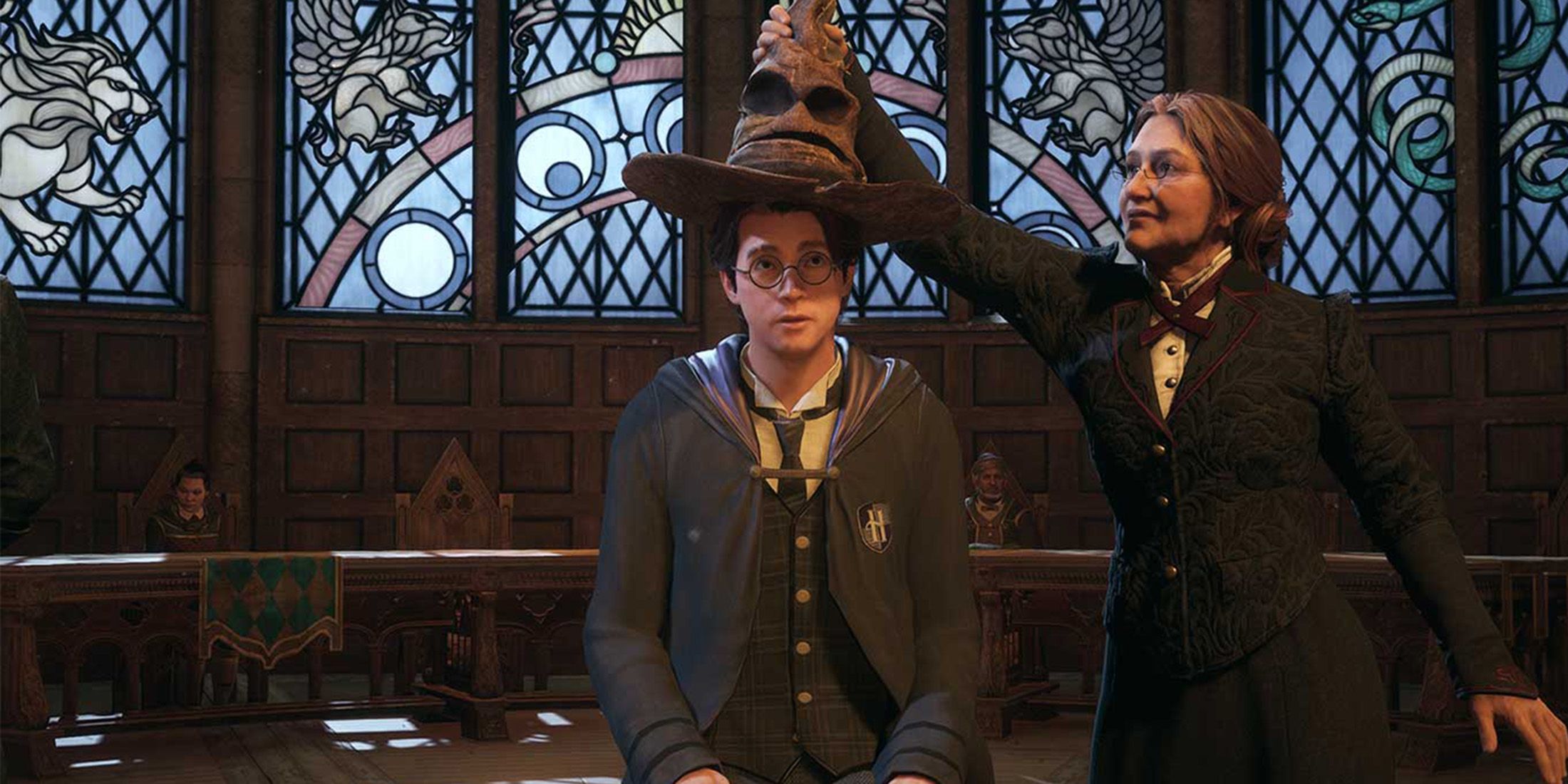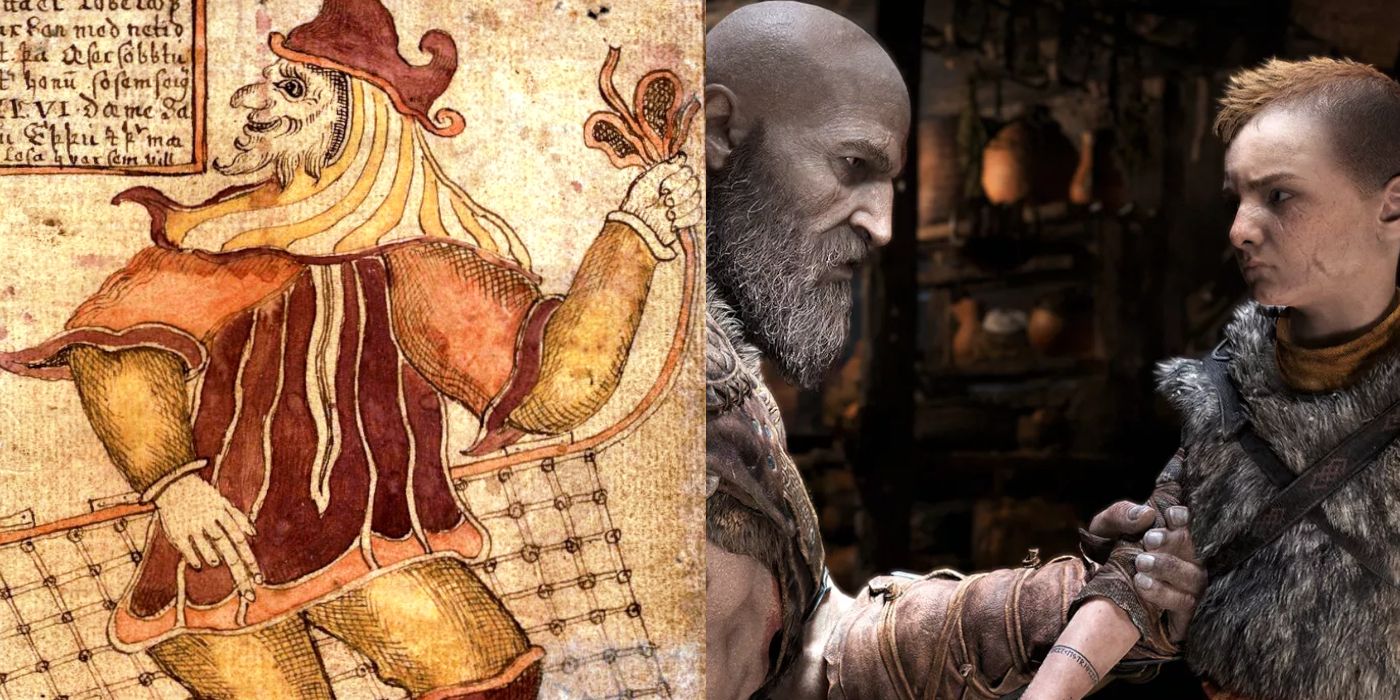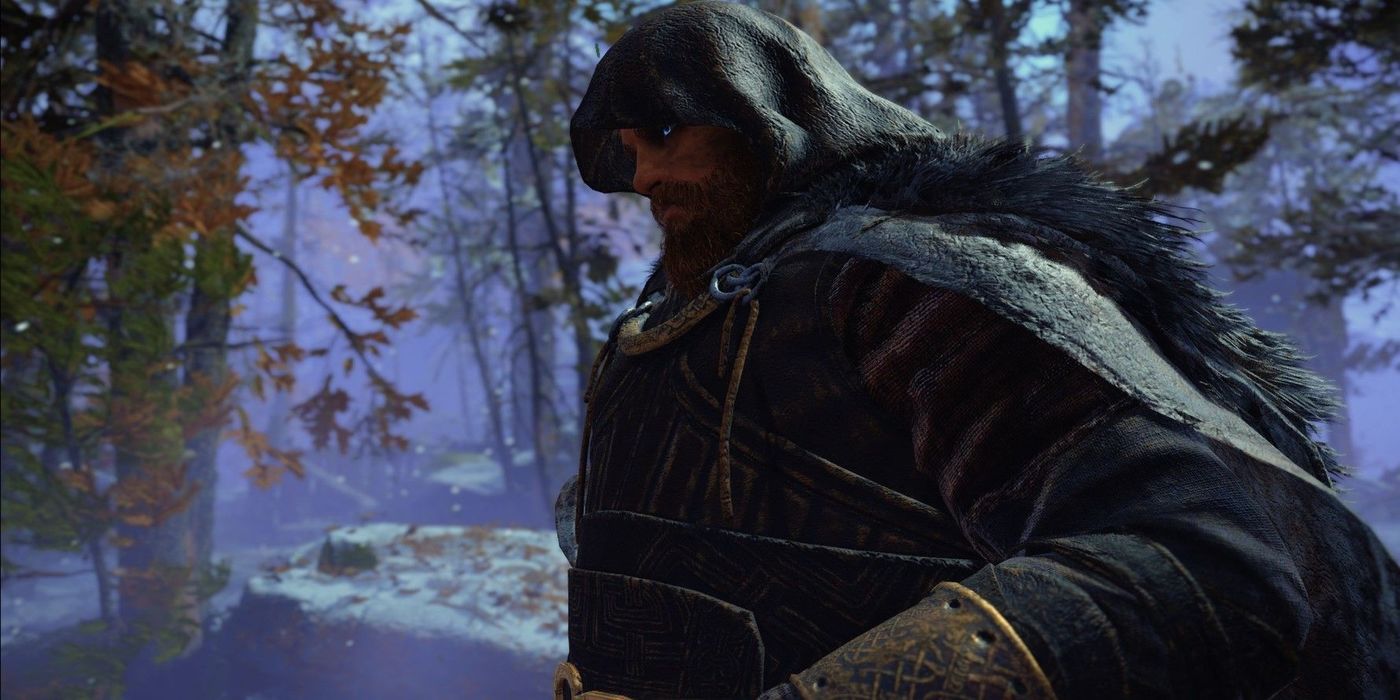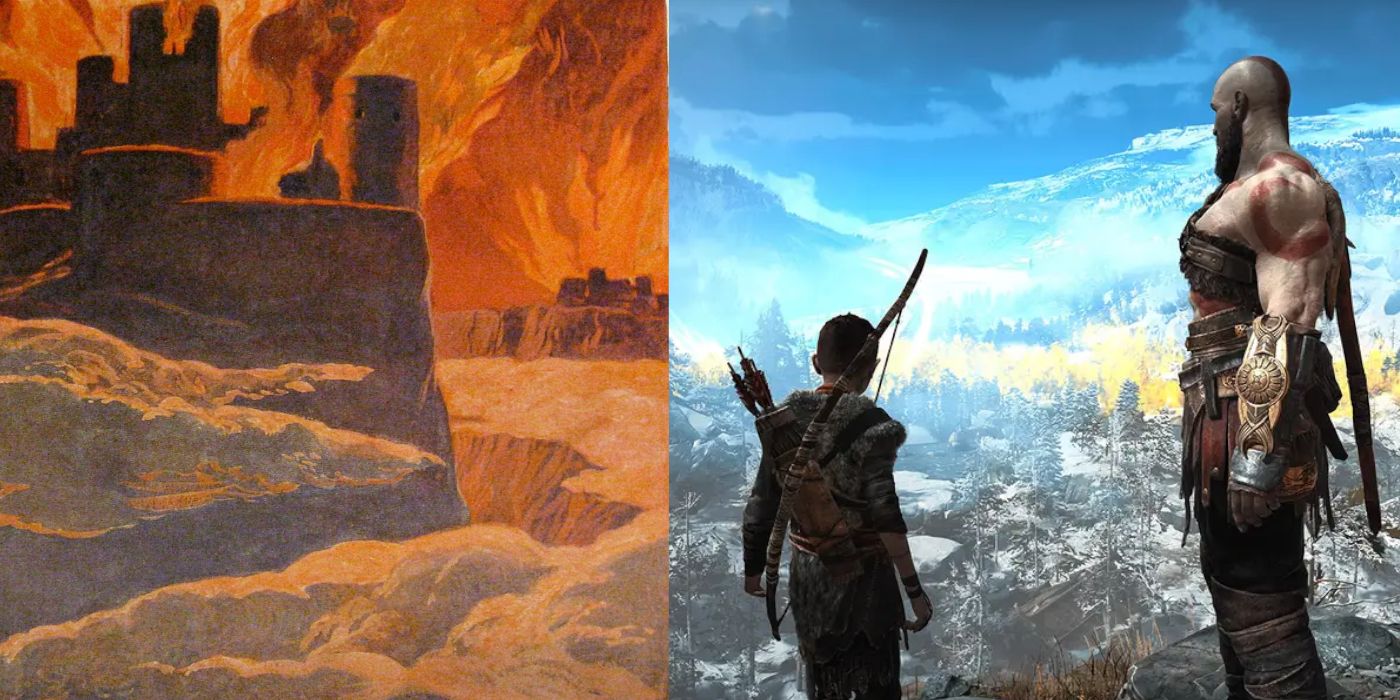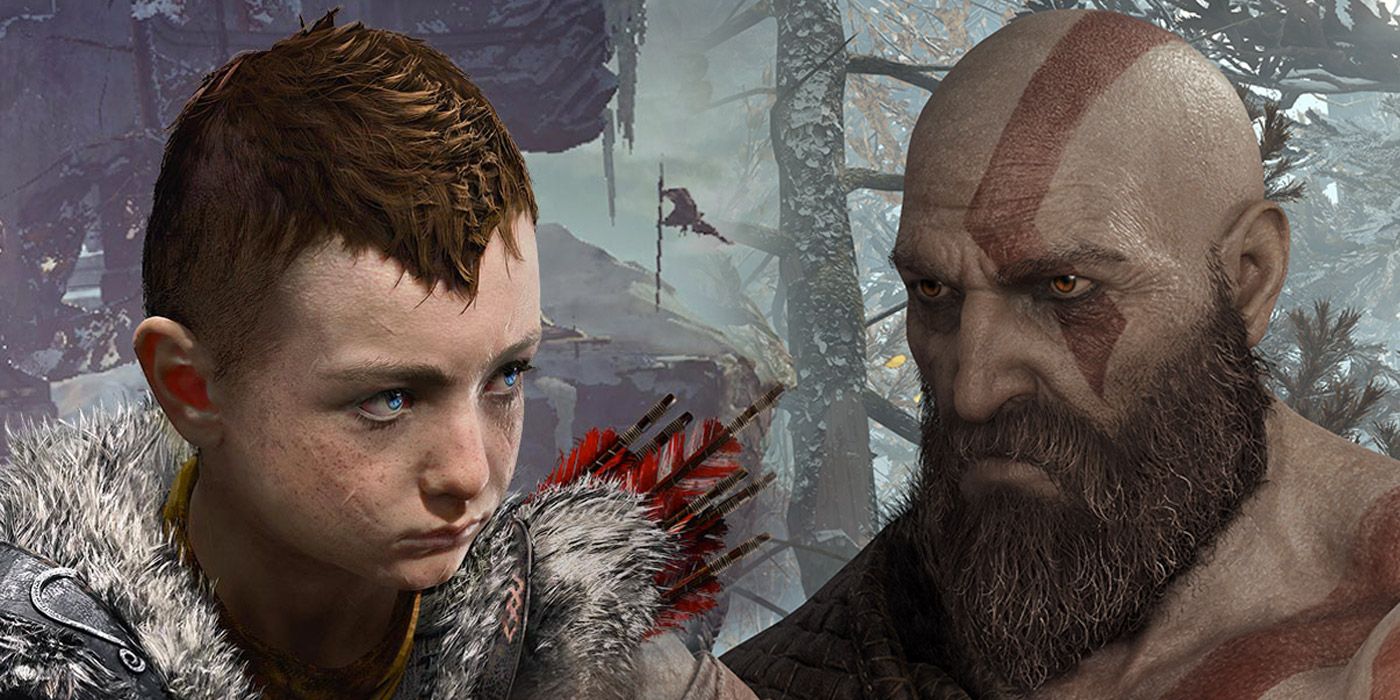A teaser for the next God of War game was released earlier this year with the tagline “Ragnarok is coming.” When the franchise received a soft reboot in 2018, it took the original trilogy’s Hellenic backdrop and replaced it with the Nine Realms of Norse mythology.
At the end of 2018’s God of War, Kratos’ son Atreus was revealed to have a secret name, Loki, revealing him to be the Norse god of “svik” – meaning deceit or betrayal. Atreus is one of the central characters in God of War now, and it’s likely Loki’s role in Ragnarok will be among the most changed. However, by laying out Loki’s role in the mythological Ragnarok, fans might have the best idea of Atreus’ place in the upcoming game, or at least the fate Kratos and Atreus will fight to avert.
The Start of Ragnarok
Ragnarok is set into motion in the myth by the death of Baldur, one of Odin’s sons. Baldur is killed when Loki tricks the blind god Hodr into throwing a sharpened branch of mistletoe at him during a celebration. According to some versions of the myth, Loki is banished for his role in Baldur’s death, though in others his banishment occurs after he shows up at a feast and simply insults all of the gods.
In either case, at some point Thor arrives and decides Loki has gone too far. He imprisons Loki under the earth, bound in the entrails of some of the trickster god’s own children. There, a serpent drips poison onto his face. Loki’s wife holds a bowl over his face to prevent the poison from touching him, but when the bowl is full and she has to let some of the poison touch Loki, his fits of pain cause earthquakes.
Baldur’s death is also the start of Ragnarok in God of War – when Baldur is defeated at the end of the game, Fimbulwinter begins, the three years of continuous winter that come before Ragnarok. Though Baldur’s characterization in God of War is quite different from that in the myths and his death takes place at the hands of Kratos, the stories do have an opportunity to converge again. God of War’s secret ending shows Atreus having a vision of Thor arriving at the end of Fimbulwinter. In most tellings, it is Thor’s arrival that puts an end to Loki’s fun and ends in Loki's imprisonment.
The Final Battle
At the end of Fimbulwinter, the mythological Ragnarok begins in earnest. Skoll and Hati, the wolves who pursue the sun and the moon, finally catch up with their prey and devour them. The chain that holds back Fenrir the wolf breaks, and the World Serpent causes the world to flood. In the myth, both Fenrir and the World Serpent are children of Loki. Though this doesn’t appear to align with the God of War timeline, God of War 2 did see extensive use of time travel, so it’s not impossible that this will still work out.
With the giants on the march Loki breaks free of his chains and captains the Naglfar, a mythological ship made from the nail clippings of the dead. When the giant Surtr and his army reach Asgard, Heimdall the sentry god blows the Gjallerhorn letting the other gods know that it’s time to meet on the field of their final battle, Vigrid.
As the final battle of the gods and giants rages Thor and the World Serpent kill one another while Odin is devoured by Fenrir and then avenged by Vidar. Loki and Heimdall face one another in battle, mortally wounding one another before the world is destroyed by Surtr’s fire and drowned by a flood.
In some versions of Ragnarok, the story ends there, but in others, a few gods survive and the cycle is implied to begin anew. Among those gods are Vidar, a reborn Baldur, and Thor’s sons Magni and Modi. However, Kratos and Atreus already killed Magni and Modi in 2018’s God of War, implying that God of War’s Rangarok may not take influence from the cyclical rebirth version of the myth.
Alternatively, that rebirth might not be represented by the surviving Norse gods but instead by the creation of a new pantheon, just as the series itself moved from the Greek gods to the Norse gods in God of War 2018. In any case, the main moments for Loki during Ragnarok are as follows: his is imprisoned for his involvement in Baldur’s death, he escapes before the final battle, and he is mortally wounded by Heimdall.
Atreus and Kratos
However, Atreus is unique among the Norse gods of God of War – his story is so closely tied to Kratos’ story that it’s likely Loki’s role in Ragnarok will be among the most changed or reinterpreted in the next game. If nothing else, the roles of Loki’s wife and children will likely either be reframed or removed in light of Atreus’ youth.
Not only that, but the Jotunheim mural at the end of 2018’s God of War has a final panel which only Kratos sees. That panel implies that at the end of Ragnarok Atreus will hold the body of a dying man, who resembles Kratos without his tattoos. It’s likely that Loki’s role in Ragnarok will be refitted for the story of Kratos and Atreus, but there are still a few ways it could align with the original myth.
First, Thor’s arrival in the God of War secret ending may end with Atreus’ imprisonment, and Kratos having to free him. It’s possible – if not likely – that Kratos will also be involved in freeing Fenrir during this time. What remains to be seen is how God of War’s interpretation of Ragnarok factors into the series’ overarching themes of cyclical violence. Kratos has spent years trying to escape the violence which has followed him and which he has perpetrated; if the game's Ragnarok departs from the myth, then it may be because Atreus has been able to escape fate and from the God of War cycle of patricide that has haunted his father.
The God of War sequel is in development with a release date slated for 2021.

